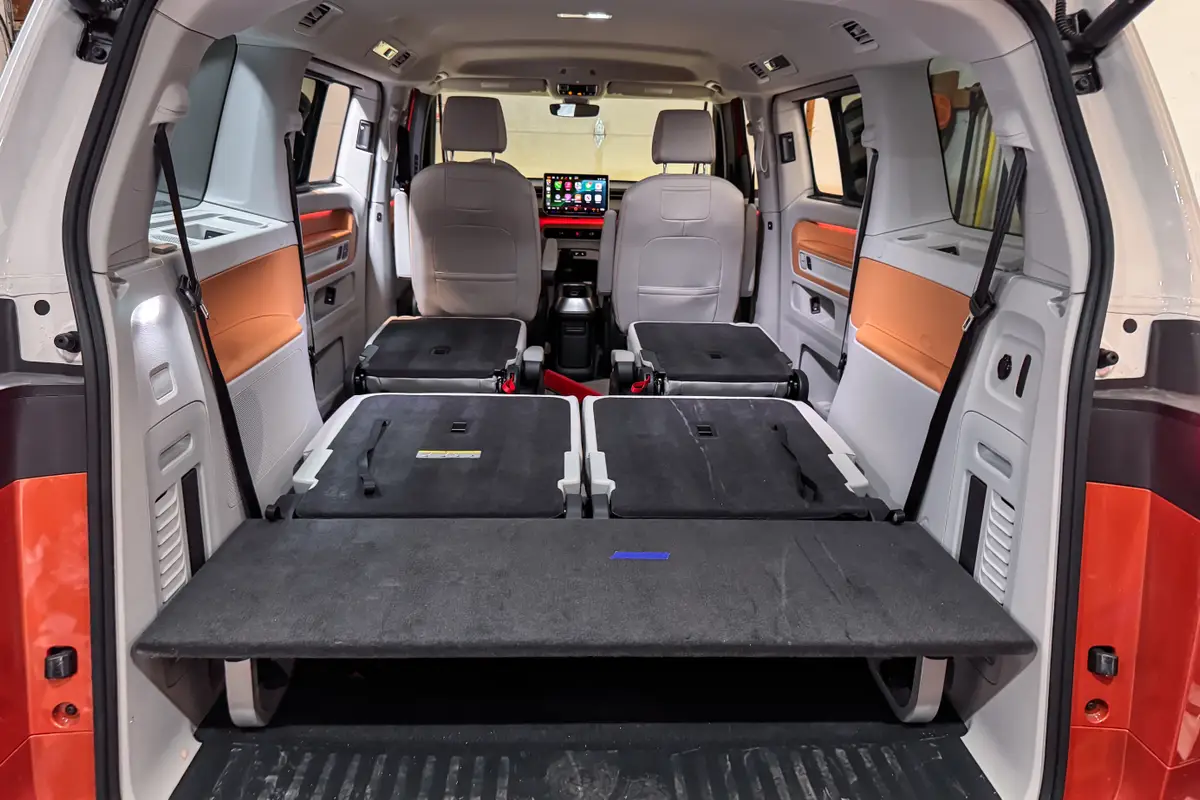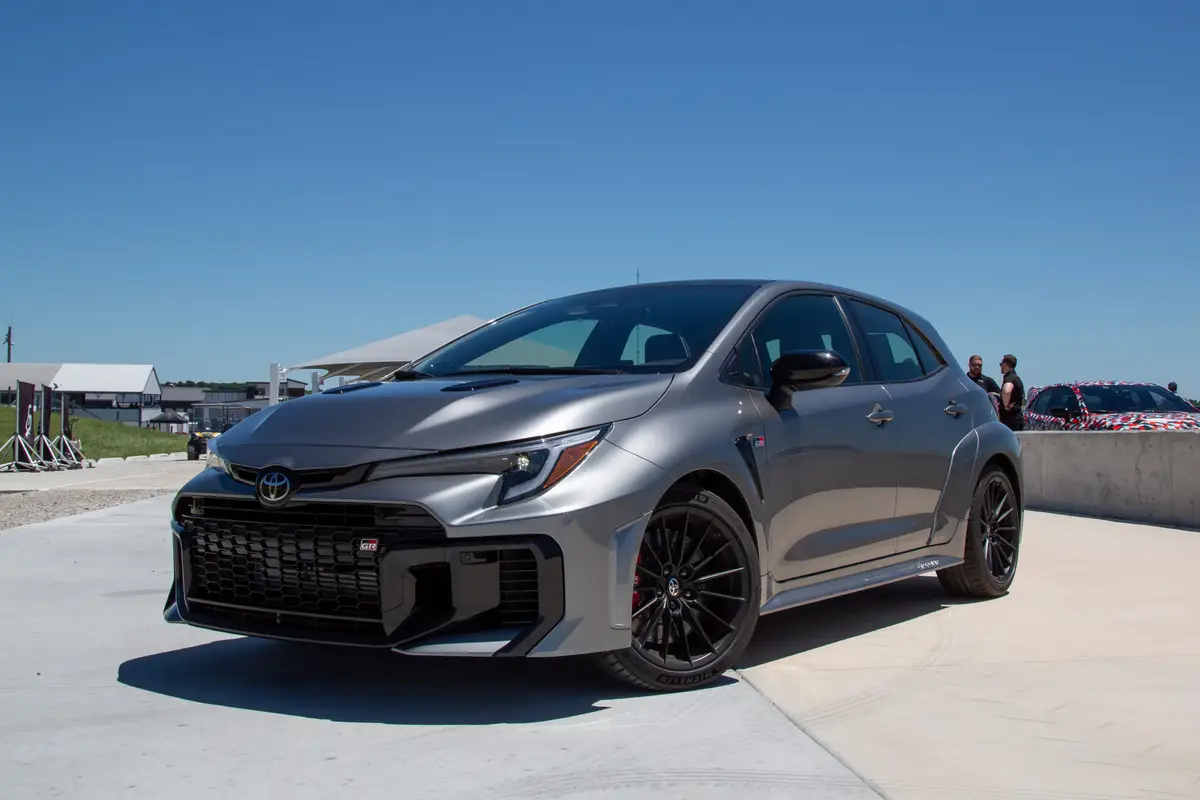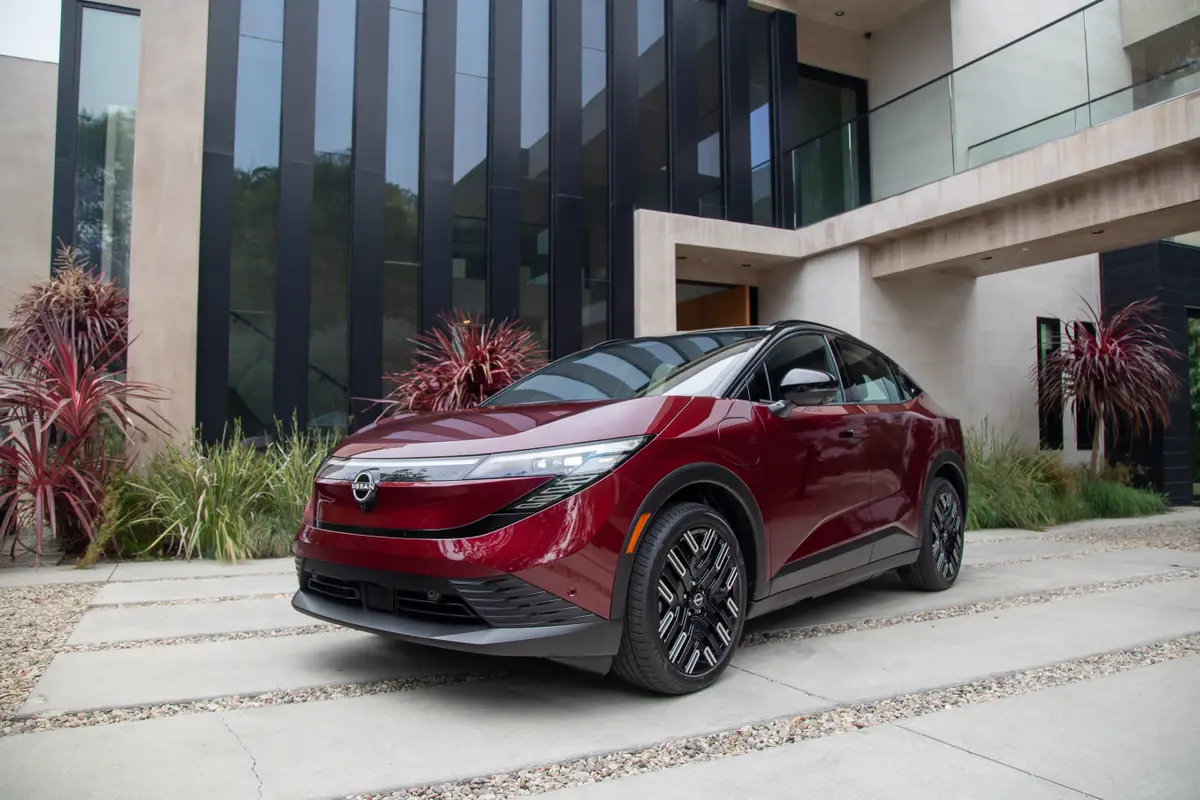Volkswagen Golf R at the 2014 Detroit Auto Show

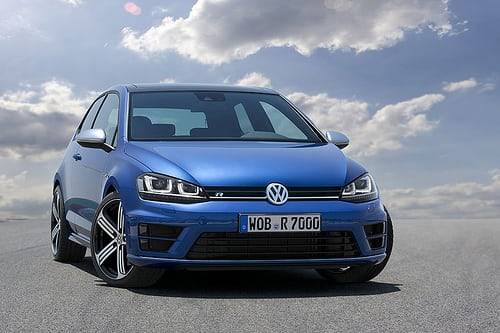
Competes with: Subaru WRX STi, Ford Focus ST, Mitsubishi Lancer Evolution
Looks like: The redesigned Volkswagen GTI, sans bumper claws
Drivetrain: 290-hp (est.), turbocharged 2.0-liter four-cylinder with six-speed manual or dual-clutch automatic; all-wheel drive
Hits dealerships: Early 2015
Witness the next generation of Volkswagen’s Golf R, a range-topping performance hatchback based on the seventh-gen Golf and GTI. The latter two cars are on sale overseas but won’t hit U.S. dealerships until spring; the Golf R will arrive nearly a year later in early 2015. It’s unclear whether it will be a 2015 or 2016 model; Volkswagen spokesman Mark Gillies said the model year is still to be decided.
More 2014 Detroit Auto Show Coverage
The Golf R, debuting at the North American International Auto Show in Detroit, competes with the Subaru WRX STi and Ford Focus ST. Mazda has yet to announce plans for a MazdaSpeed version of the redesigned Mazda3, but it’s likely we’ll see one — and it will compete in this space, too.
The next Golf R has more power but better fuel economy than its predecessor; as before, it still employs all-wheel drive — a key difference from the front-drive Golf and GTI. But drivers can now choose between a six- speed manual or six-speed dual-clutch automatic transmission. The last Golf R, sold stateside for the 2012 and 2013 model years, offered only the manual.
Exterior
Unique bumpers distinguish the Golf R from the GTI — a performance version of the Golf itself — with gaping bumper openings in place of the GTI’s clawlike strakes. Volkswagen says xenon headlights with horseshoe-ringed LED daytime running lights are also unique to the Golf R. Eighteen-inch alloy wheels are standard; the quad exhaust pipes border on overkill.
The Golf R’s sport-tuned suspension rides 0.8 inch lower than the Golf and 0.2 inch lower than the GTI. An adaptive suspension with Volkswagen’s dynamic chassis control system, which can alternate between varying firmness settings, is optional.
The Golf R comes only as a four-door hatchback; the last Golf R, as well as the new Golf and GTI, come in two-door configurations as well.
Interior
Like the Golf and GTI, the Golf R retains conservative shapes in its overhauled interior. A flat-bottom, leather-wrapped steering wheel follows in the vein of the GTI. Apart from that, the changes appear mostly limited to color choices and R badging; the sport seats don’t appear to have any deeper bolstering than in the GTI.
U.S. versions of the Golf R employ a 5.8-inch audio touch-screen.
Under the Hood
Volkswagen says the Golf R gets a version of the EA888 turbo four-cylinder in the new GTI, but the cylinder head, pistons, fuel-injection system and turbo have all been modified or redesigned. A new dual-injection system employs port and direct fuel injectors, and the variable valve timing employs multistage exhaust valve lift.
The result? The four-cylinder makes 290 horsepower and 280 pounds-feet of torque, up 34 hp and a significant 37 pounds-feet of torque versus the last Golf R. VW expects the Golf R to hit 60 mph in around 5 seconds with the manual and less than 5 seconds with the automatic.
Gas mileage improves, too; VW expects an EPA rating of 31 mpg highway with the manual transmission, up from the prior generation’s 27 mpg rating. The automaker did not specify EPA city expectations or any mileage with the automatic, however.
Volkswagen says the Golf R employs permanent all-wheel drive, but a new decoupling system only drives the front wheels under light acceleration or coasting situations — something “virtually all all-wheel-drive systems now do,” Gillies told us. “Pretty much everybody who runs all-wheel drive runs front- or rear-wheel drive until you need the traction.” The question becomes how soon the system reacts. Volkswagen claims it can direct up to 100 percent of available power to the rear wheels and reacts “before any wheelspin occurs, helping eliminate nearly all traction losses.”
Volkswagen’s XDS cross differential functions as a limited-split differential. Other additions include variable-ratio steering with fewer turns lock-to-lock than in the Golf.
Safety
The standard electronic stability system incorporates a sport mode that dials back intervention thresholds. It can also be completely deactivated for track driving. VW says the Golf R gets uprated brakes compared with the GTI.
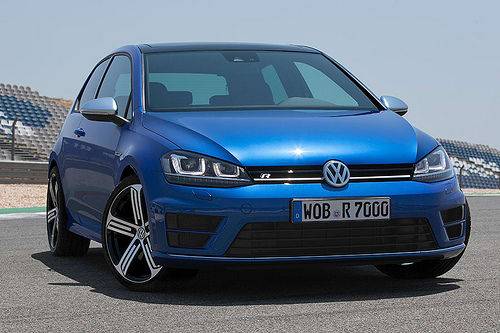
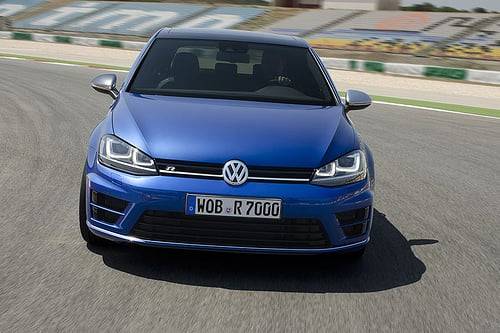
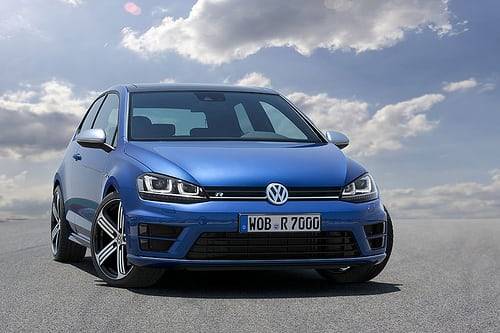
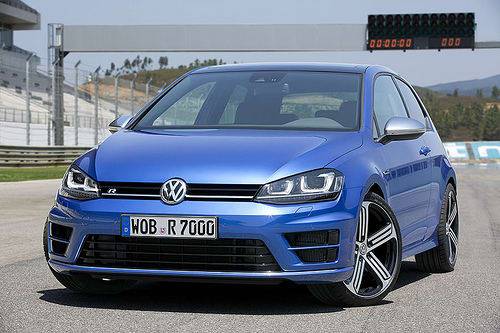
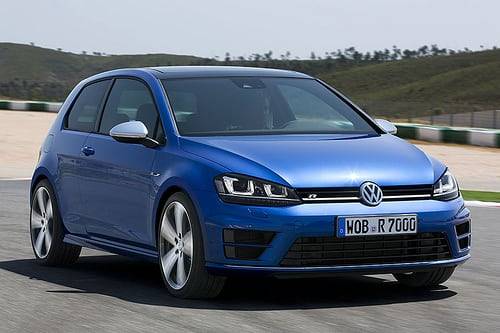
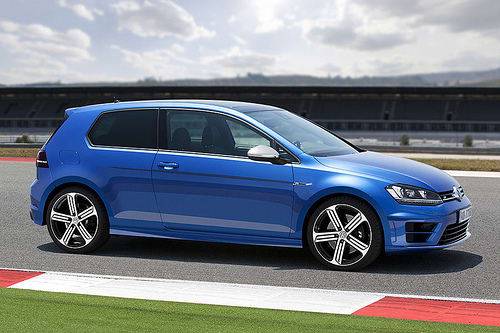
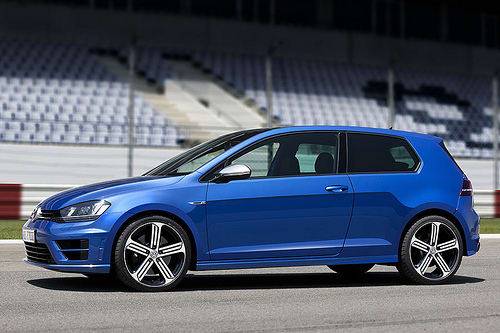
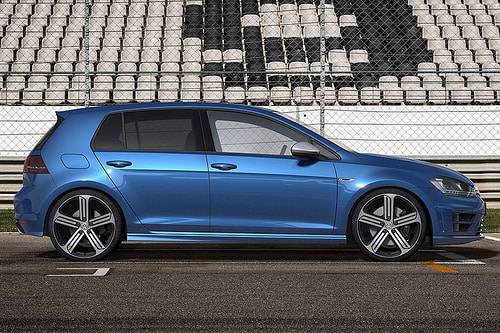
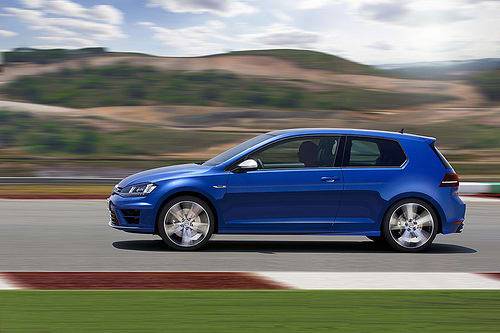
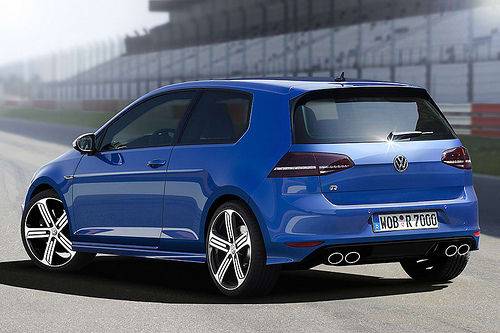
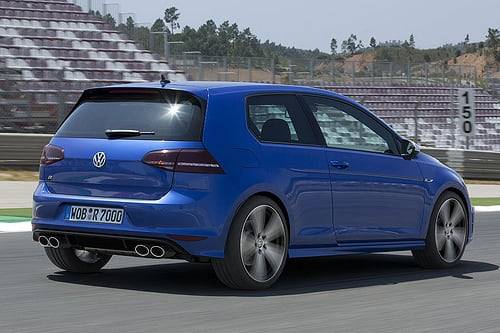
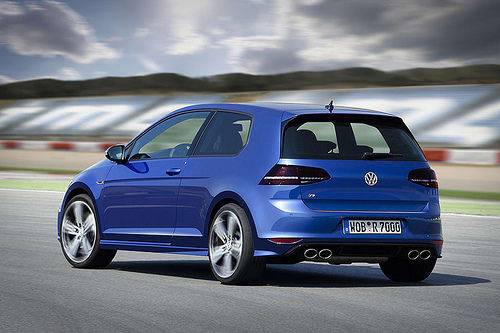
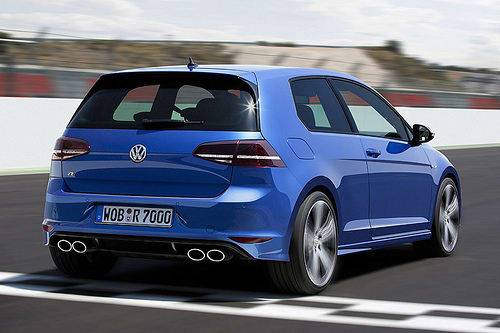
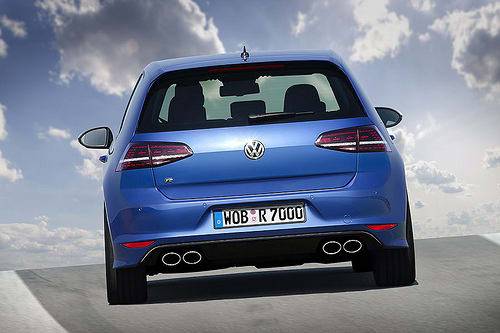
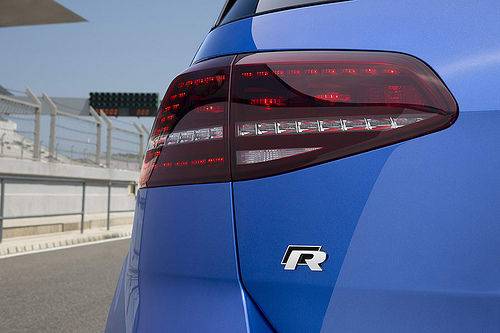
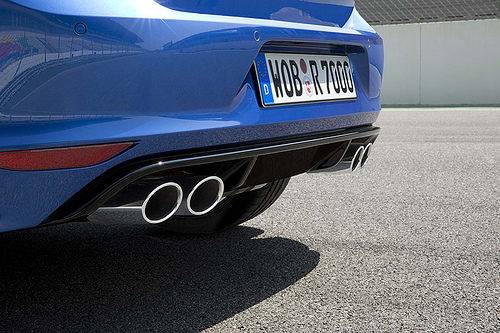
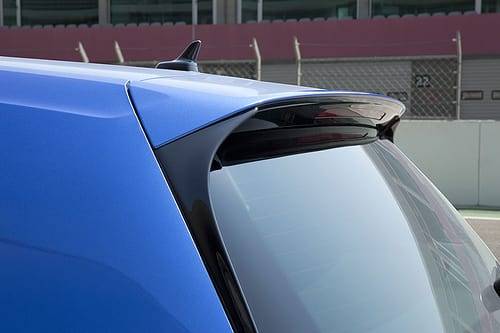
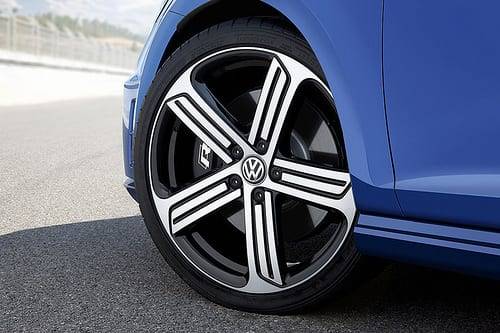
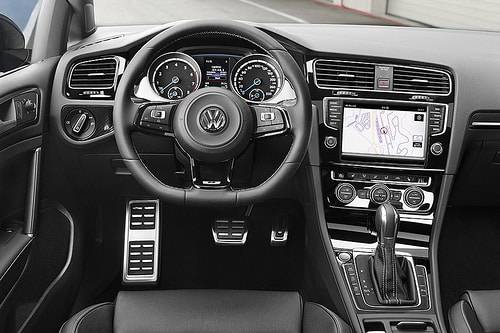
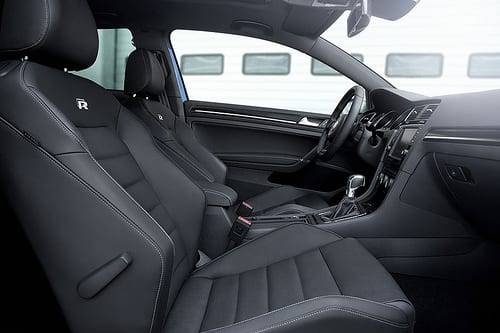
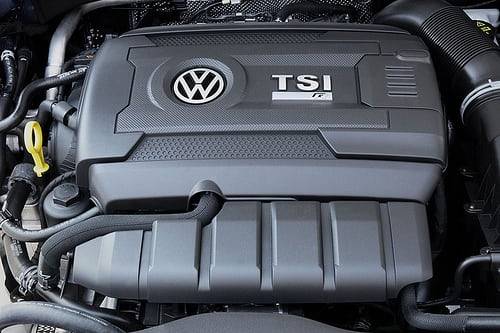

Former Assistant Managing Editor-News Kelsey Mays likes quality, reliability, safety and practicality. But he also likes a fair price.
Featured stories
